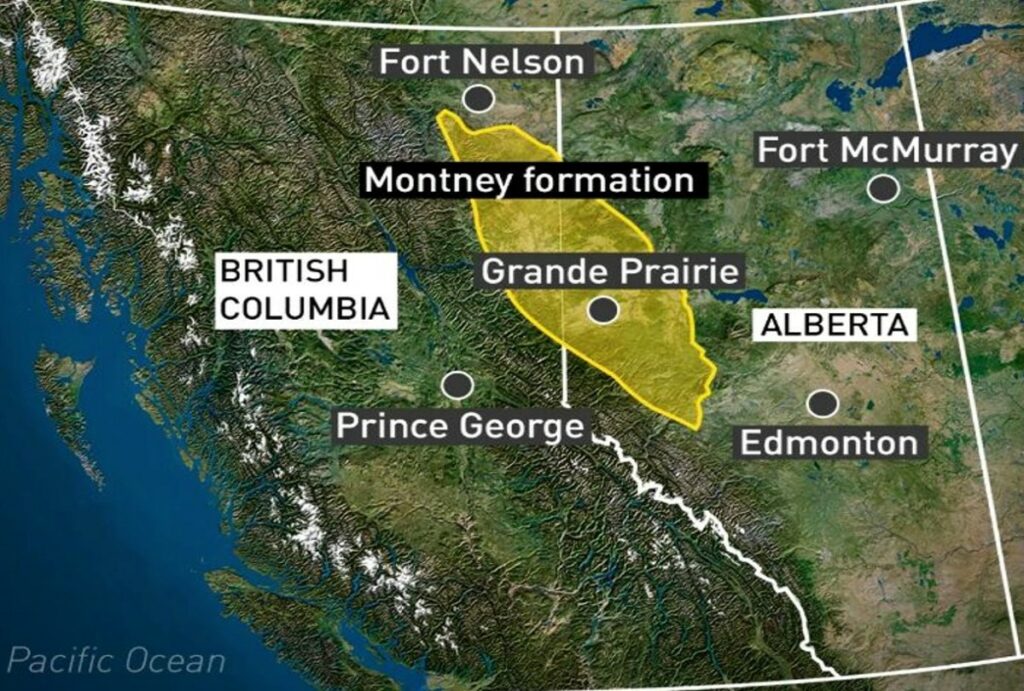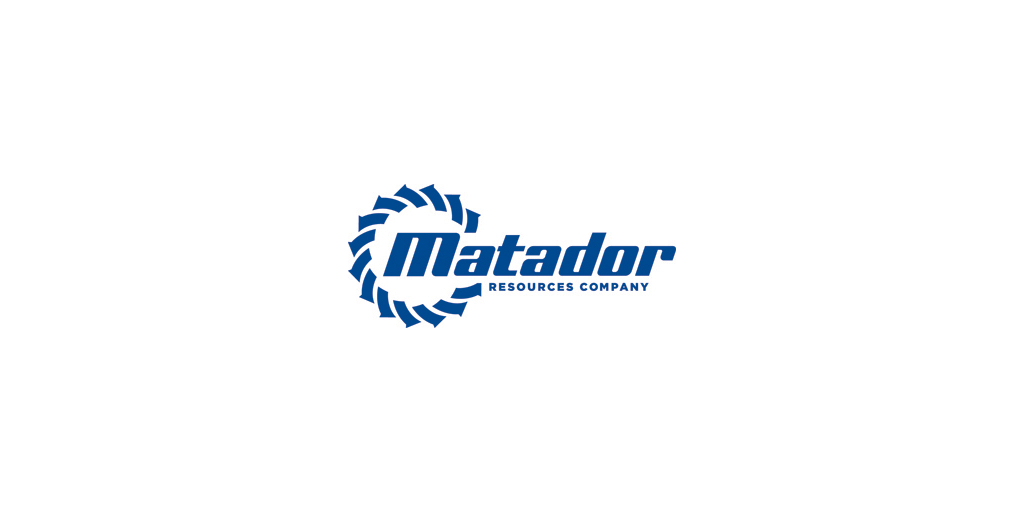
by Tim Conn
The recent SPE Montney and Duvernay workshop themed “Driving Forward with Discipline “which was held at the Fairmont Chateau Lake Louise on October 23-25th was bursting at the seams with over 300 attendees, over 45 sponsors and a small, but focused group of exhibitors offering various solutions to the challenges faced in developing the Montney resource.
Many of the presentations offered up results on how operators have been able to reduce costs and increase average well/field productivity through continual innovation. It was interesting to see how many operators are coupling Physics Based Data Analytics, Modelling and Artificial Intelligence to better inform decisions in reservoir development, drilling, completions, and hydraulic fracturing strategies. It seems that the development of the Montney, a complex multi-layered reservoir with multiple fluid systems has created a convergence of geology/geophysics, geomechanics and reservoir engineering with those disciplines “driving the bus” as it were to lead drilling, completions, and hydraulic fracturing designs.
As a previous proponent of geomechanics based drilling, completions, and hydraulic stimulation planning (Geomechanics International), I was enlightened to see that this discipline is also very much part of the convergence. Geomechanics-based decision making from the understanding of rock strength, stress orientations, pore pressure and other factors, now have a “seat on the bus.”
Several talks focused on topics related to the piloting of different technologies to quantify frac cluster and completions effectiveness, optimal well spacing determination, and parent and child well interactions. Some operators presented examples of the utilization of fiber-optics and real-time pressure and temperature data to improve their understanding as to the best approach to hydraulically fracture and produce their wells in the highly challenging heterogenous Montney environment, which provides several production windows (dry gas, gas liquids and black oil).
The enthusiasm of workshop participants was at a high level and for good reason. The Montney and to a lesser degree, the Duvernay, have emerged as pre-eminent resource plays in North America with comparable or better reserves, far less depletion than most shale plays South of the border improving ROI’s.
With the pendulum swinging globally towards energy security (and supply) brought on by the war in Ukraine, numerous other geo-political issues and more recently the new war between Israel and Hamas, resource plays like the Montney will continue to attract attention of investors, particularly from the US.
The elephant in the room of global energy security and supply will continue to place a high level of interest on Montney development. An expected change in Federal Government energy policy will occur with the election of the Progressive Conservatives, further increasing interest in developing this resource and improving access to global markets as we move towards the middle of the decade.
For now, operators in the Montney are continuing to vote with their drilling rigs in favor of further development. The Montney is now one of the most active and prolific resource plays in North America Current daily production is 1.59 mm boe/d, comprising almost 40% of Canada’s non-oil sands production (BMO, 2022). The expected ultimate potential of the Montney in Alberta and northeastern British Columbia is 12,719 billion m3 (449 tcf) of marketable natural gas, 2,308 million m3 (14,521 m bbls) of marketable natural gas liquids and 179 million m3 (1,125 m bbls) of marketable oil (NEB, 2013).
The Montney represents a great contributor to the BC governments cash coffers. Of the 9,988 producing wells in the province, 5,277 were producing from the Montney formation.
Interestingly, natural gas accounts for roughly 24% of energy consumption and demand for the commodity as a transition fuel between fossil fuels and renewable energy sources is only expected to increase.
Of all the resource plays in Canada (mining and forestry included), the Montney is clearly where the action is. At the time of writing, TC Energy reported that the Coastal Gas Link is now physically complete after five years of construction and ten years of planning. The Coastal Gas Link will transport gas from Western Canada to the Shell led LNG Canada facility in Kitimat. This project completions acts as a bell whether to change the narrative that maybe we can get projects completed here in Canada. Welcome news to an industry that has been under siege from misguided energy policies of the Federal Government.
I, for one, could not be happier to see some momentum once again developing in a positive direction for resource development in Canada.
“Communities around the world have seen their energy supplies threatened and prices rise dramatically. Considering its self-sufficiency, it is important that Canada’s responsible energy plays an increasing role in global markets.”
As recently stated by the Ambassador of Japan to Canada, H.E. Yamanouchi Kanji:
“The World is Waiting for Canada”
About Tim Conn
Tim Conn has more than three decades of experience in the energy industry in domestic and international markets. He has a wide variety of technical experience in drilling, completions, geomechanics, enhanced oil recovery and real-time monitoring technologies. He is currently working with GEO Pressure Systems Inc. to develop awareness in the value of real-time surveillance data (pressure, temperature, fiber optics-based acoustic and strain) in the development of complex reservoirs like the Montney.
Visit GEO Pressure Systems Inc.
Share This:




